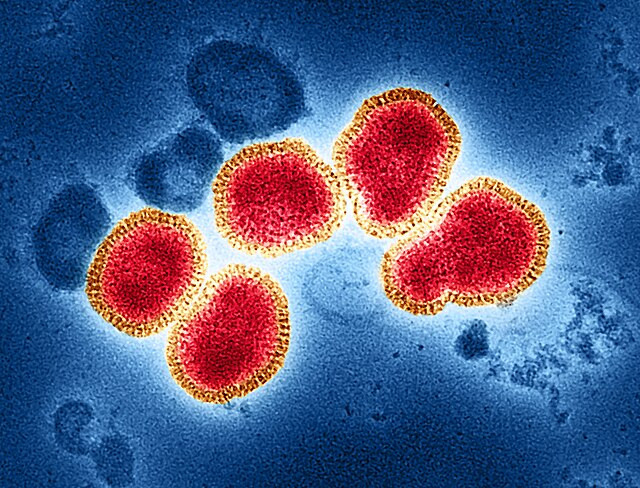Federal health officials are urging the public to stay vigilant but not alarmed about the current bird flu outbreak, officially termed "highly pathogenic avian influenza" (HPAI). In a press call on Thursday, Dr. Nirav Shah, the principal deputy director of the Centers for Disease Control and Prevention (CDC), emphasized the importance of awareness without panic. "We should take these data, understand them in context, and be alert, but not alarmed," he stated.
The CDC's recent reports shed light on the spread and status of the outbreak, noting infections on over 90 farms across 12 states since late last year, including three human cases linked to cattle. These developments have prompted officials to reassess biosecurity measures on farms to prevent further transmission.
While the primary risk group for bird flu remains farm workers, the general public is considered low risk unless the virus mutates to allow person-to-person transmission. Dr. Raj Panjabi, former White House Senior Director for global health security and biodefense, highlighted the importance of applying lessons from poultry farm transmissions to dairy farms to curb the virus's spread. "We need to 'gird the herd' just as we defended the flock," Panjabi stated.
The virus's entry into U.S. cattle remains unclear, with the first confirmed case on a Texas dairy farm on March 25. The virus likely spread via workers' clothing, shared equipment, and transportation vehicles, which facilitated farm-to-farm transmission.
According to USDA reports, 20% of farm workers are employed on multiple farms, with 7% working on both poultry and dairy farms. This movement, combined with shared vehicles and equipment, has been identified as a key factor in the virus's spread. The reports suggest enhanced biosecurity measures, including stringent cleaning protocols for vehicles and equipment, are critical in managing the outbreak.
Dr. Jennifer Nuzzo, an epidemiologist at Brown University's School of Public Health, criticized the current data as insufficient for understanding the virus's transmission. "There are literally no data. They do not know how this is spreading," Nuzzo remarked, highlighting the need for comprehensive farm data to inform prevention strategies.
Ensuring the safety of farm workers is crucial in controlling the outbreak. Currently, workers are only tested for the virus if they show symptoms, with 45 tested nationwide this year. Dr. Shah noted that more comprehensive testing and protective measures are needed to prevent further infections. The first infected worker had worn gloves but lacked eye protection, indicating gaps in protective gear use.
Dr. Nuzzo called for vaccination of farm workers to prevent severe illness and further spread. She cited Finland's recent decision to vaccinate farm workers, veterinarians, and scientists against avian influenza as a proactive measure. "I don't want farm workers to die before we suddenly decide to vaccinate," she asserted.
USDA's Animal and Plant Health Inspection Service (APHIS) provided detailed insights into the outbreak's spread, identifying shared equipment and personnel as major risk factors. Dr. Kammy Johnson, a veterinary epidemiologist with APHIS, emphasized the importance of biosecurity. "Enhanced biosecurity is really critical," Johnson said.
The USDA reports detailed how cattle movements and shared resources among farms contributed to the virus's spread. The reports highlighted that lactating cows are the most affected, with signs of illness in less than 10% of herds and mortality averaging less than 2%.
In response to the outbreak, various measures are being implemented at national and state levels. Minnesota, for instance, has mandated H5N1 testing for lactating dairy cattle at exhibits, effective June 18 through the end of 2024. This measure aims to control the virus's spread in high-risk environments.
Federal health officials are also advancing vaccine production, with plans to produce 4.8 million doses from bulk antigen by mid-July. This proactive step is part of a broader strategy to ensure readiness in the event of increased human transmission.
The bird flu outbreak underscores the need for robust biosecurity measures, comprehensive data collection, and proactive health interventions. While the general public remains at low risk, the situation highlights the importance of protecting farm workers and monitoring animal health to prevent further spread. As Dr. Shah aptly put it, vigilance is key: "We should be alert, but not alarmed."






